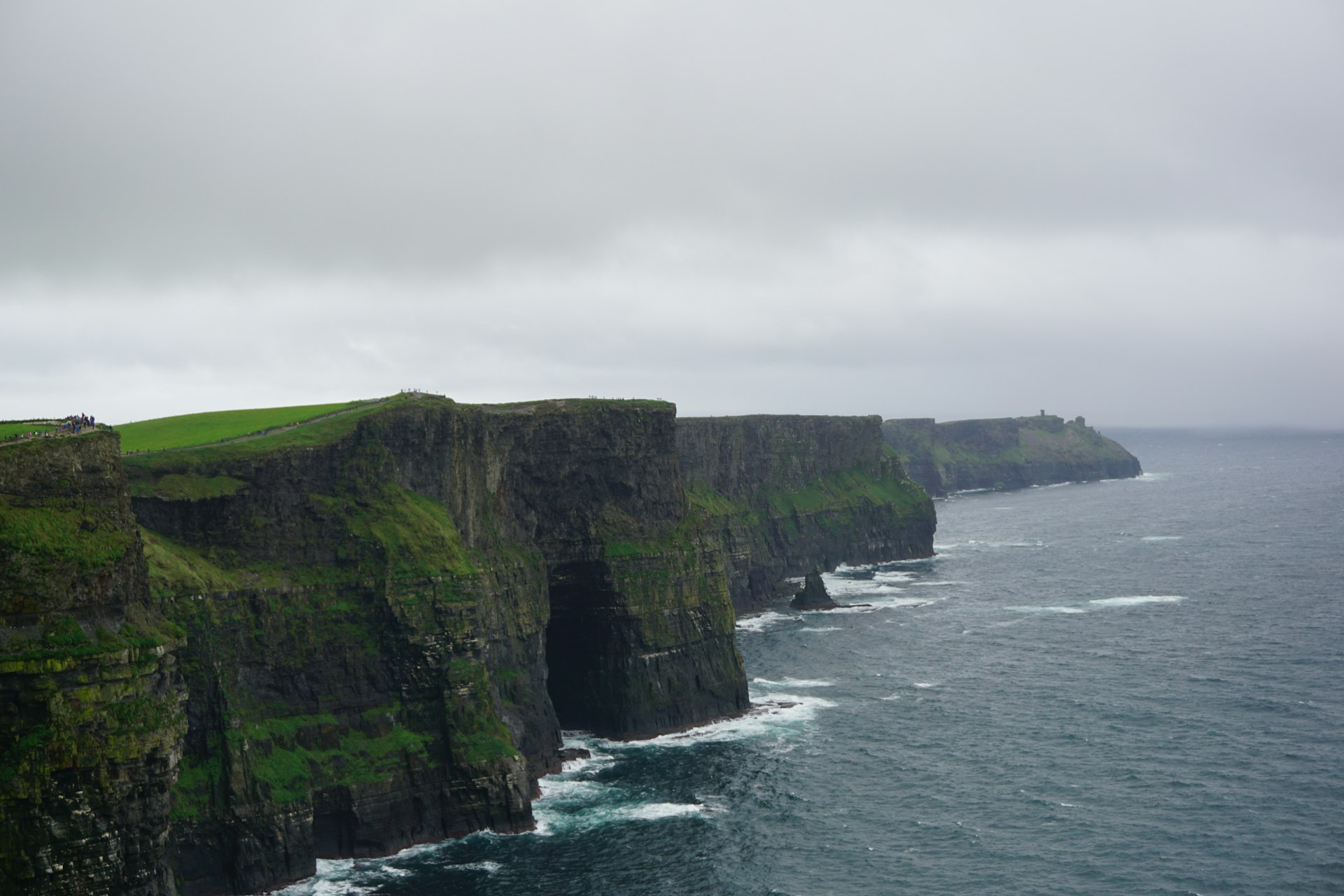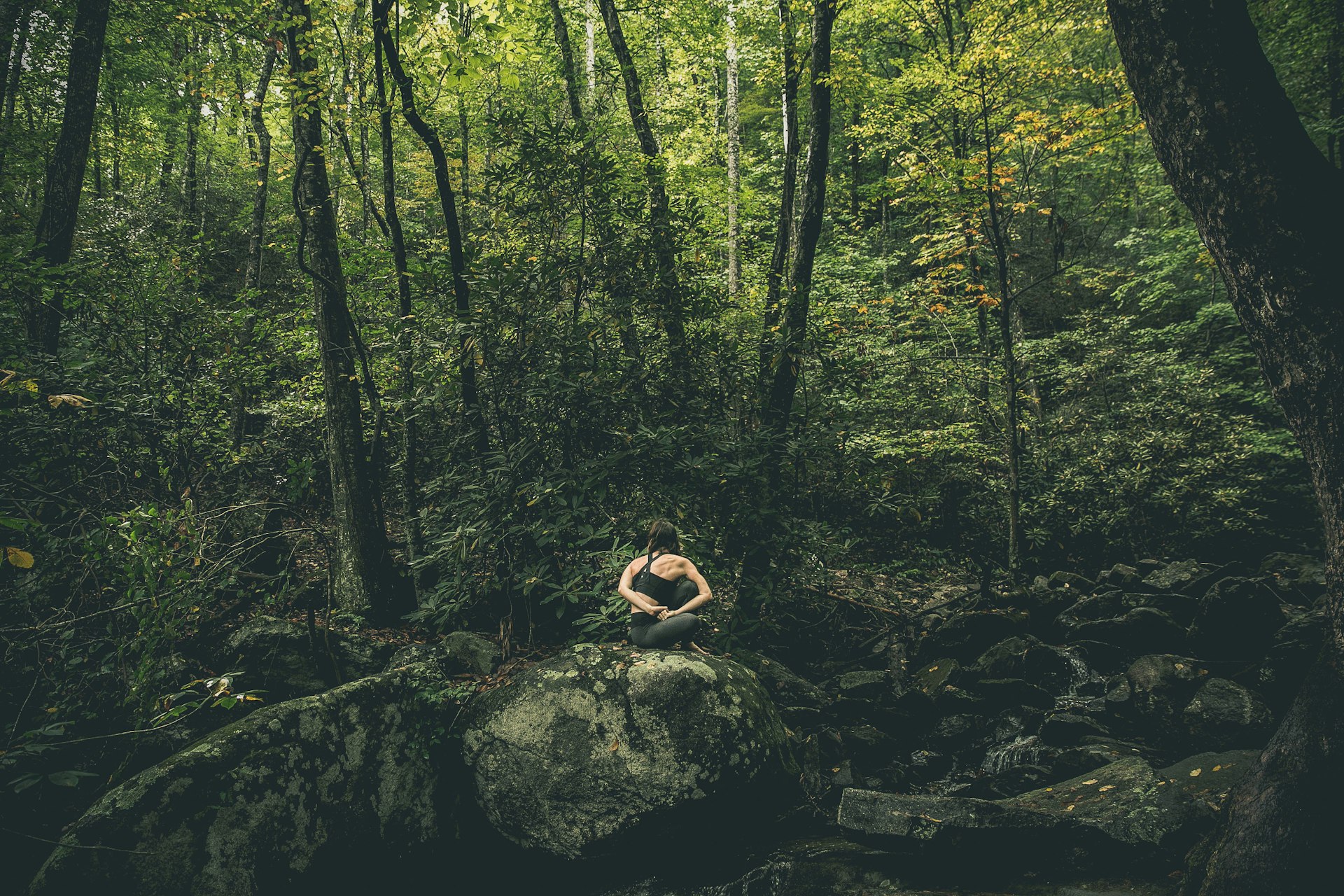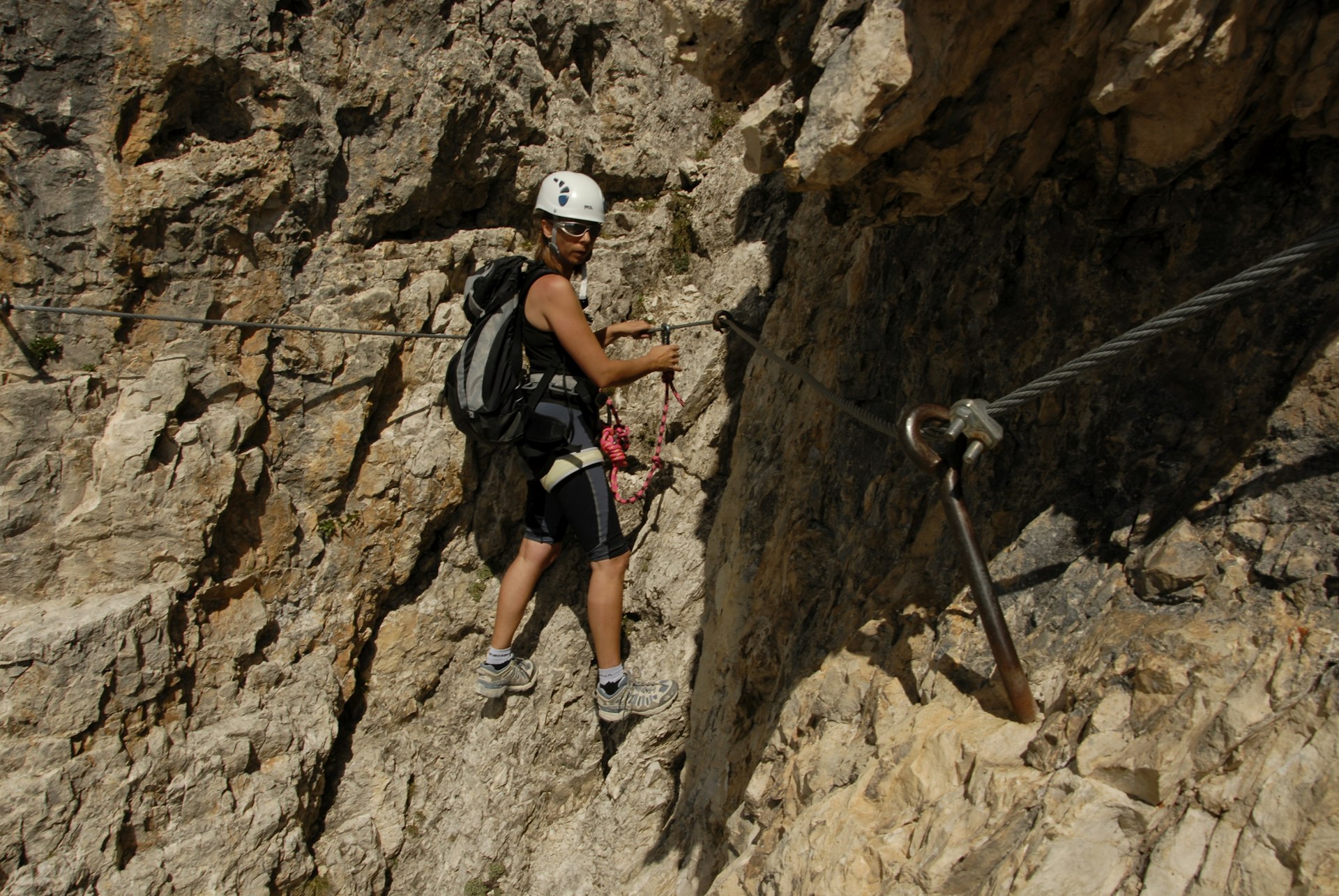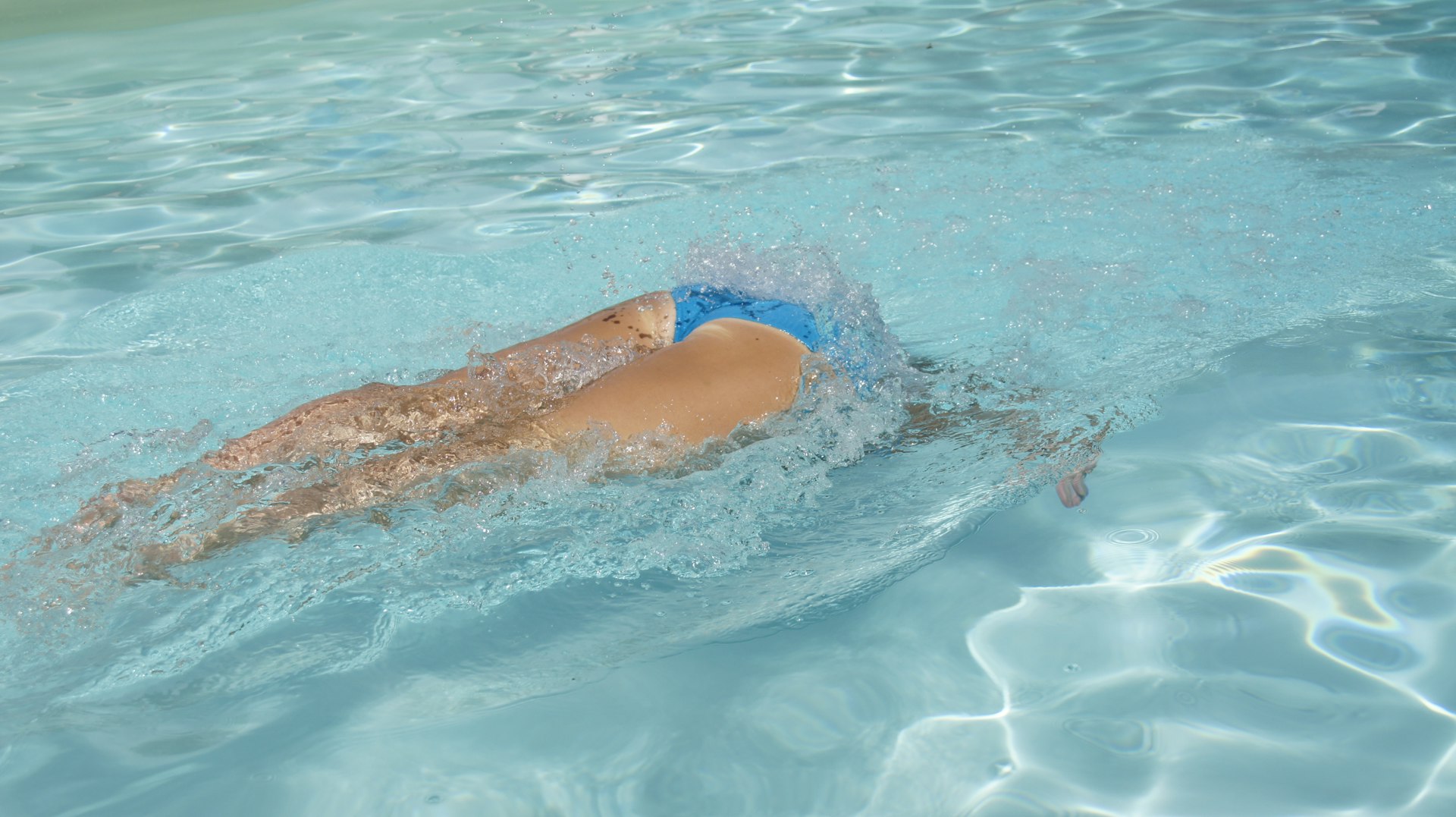Unlock Your Potential: Transformative Solo Travel Retreats for Personal Growth

Photo by Sreehari Devadas on Unsplash
Introduction: The Power of Solo Retreats for Personal Growth
In an era defined by constant connectivity and mounting responsibilities, carving out intentional time for personal growth can feel nearly impossible. Yet, solo travel retreats offer a unique opportunity to step away from daily routines and immerse yourself in environments purpose-built for transformation. More than just a break from the ordinary, these retreats are designed to help you reconnect with your purpose, nurture your well-being, and build the confidence to navigate life’s transitions [1] .
Why Choose a Solo Travel Retreat?
Solo travel retreats have evolved far beyond traditional sightseeing. Today’s retreats focus on personal empowerment, self-discovery, and holistic wellness . When you travel alone, you have the freedom to focus entirely on your own needs and aspirations, free from the distractions and expectations of others. This independence is not only liberating but also cultivates self-reliance and resilience-qualities that translate into every area of your life [1] [4] .
Types of Solo Travel Retreats for Personal Growth
There is no one-size-fits-all approach to transformative solo retreats. Depending on your goals, you can select from a range of experiences:
-
Wellness and Spa Retreats:
These focus on physical health, relaxation, and stress relief. Options may include yoga, meditation, spa therapies, clean cuisine, and guided detox programs. Examples like the
Art of Living Retreat Center
in North Carolina offer specialized solo programs that blend Ayurvedic treatments with mindfulness practices, starting around $1,445 for a comprehensive two-night package [4] . - Mindfulness and Meditation Retreats: Silent retreats and mindfulness getaways provide an environment for deep reflection and mental clarity, helping you process emotions, gain insight, and reset your outlook [3] .
- Adventure and Nature-Based Retreats: Hiking, surfing, or eco-adventure retreats combine physical activity and nature immersion with inner work, supporting both physical and psychological growth [3] .
- Creative and Educational Retreats: Some programs focus on art, writing, or learning new skills, fostering personal insight and self-expression in supportive environments [1] .
How Solo Retreats Foster Personal Growth
Solo travel retreats are intentionally designed to encourage self-discovery. Core elements include:
- Uninterrupted Introspection: With no external pressures, you’re free to explore your thoughts, feelings, and dreams. Activities like journaling, meditation, and nature walks provide space for reflection [1] .
- Skill Building and Confidence: Managing travel logistics, engaging with new cultures, and participating in guided workshops all contribute to a heightened sense of competence and self-assurance [1] [4] .
- Supportive Community: Many retreats offer group sessions or activities, allowing you to connect with like-minded individuals on similar journeys. This blend of solitude and community fosters both independence and belonging [3] .
- Holistic Growth: Retreats often address mind, body, and spirit through integrated programs, supporting sustainable changes that last well beyond your time away [2] .
How to Access Solo Travel Retreats
Finding the right retreat is a personal process, but there are proven strategies to ensure you select an experience that aligns with your goals and needs:
- Identify Your Objectives: Reflect on whether you seek relaxation, healing, adventure, self-reflection, or a combination of these [3] .
- Research Reputable Retreat Providers: Use trusted platforms or agencies specializing in wellness and personal development retreats. For example, sites like BookRetreats and Healing Holidays offer curated lists with real reviews and detailed program descriptions [2] [3] .
- Consider Location and Comfort: Choose environments that resonate with you-be it serene forests, coastal escapes, or vibrant cultural centers. Consider your comfort with group settings, silence, or remote locations [3] .
- Evaluate Program Structure: Some retreats are highly structured with set schedules, while others offer flexibility. Determine which format supports your personal growth style [2] .
- Set a Realistic Budget: Costs can vary widely. Wellness retreats in the U.S. may start from several hundred dollars for short programs and increase for more comprehensive or luxury offerings. Always confirm inclusions and cancellation policies before booking [4] .
- Book Directly With the Provider: Once you’ve selected a retreat, reserve through the official provider’s website or a verified booking platform. If uncertain, contact providers via official phone numbers or email addresses listed on their sites to ask additional questions.
Step-by-Step Guidance to Plan Your Solo Retreat
To successfully plan and access a solo travel retreat for personal growth:
- Reflect on your goals for growth and well-being.
- Search for “solo travel wellness retreats” or “personal growth retreats” on reputable platforms such as BookRetreats, Healing Holidays, or by visiting individual retreat center websites. Always verify that the website is active and trustworthy.
- Contact retreat organizers directly for program details, availability, and pricing. Most providers have inquiry forms, email addresses, or phone numbers listed on their official websites.
- Review all terms, inclusions, and cancellation policies carefully before confirming your reservation.
- Prepare for your trip by arranging travel, packing mindfully, and setting intentions for your experience.
If you are new to solo travel or have unique needs (e.g., dietary restrictions, mobility concerns), consider reaching out to the retreat provider early to discuss accommodations and support options.
Alternatives and Additional Resources
If you are unable to travel internationally or prefer local options, many wellness centers and retreat providers in the U.S. offer solo-friendly programs. You can also explore virtual retreats, which deliver guided content and community support online, making personal growth accessible from home. College students and young adults can inquire with their university’s wellness or study abroad office for recommendations on reputable retreats and scholarships [5] .
Potential Challenges and Solutions
Challenge: Uncertainty about traveling alone. Solution: Choose structured programs with on-site support, group activities, and safe environments. Many retreats are designed specifically for first-time solo travelers and provide orientation sessions and 24/7 assistance [2] .
Challenge: Budget constraints. Solution: Look for shorter retreats, off-season rates, or group discounts. Some providers offer scholarships or sliding-scale fees for eligible participants. Contact the retreat directly to inquire about financial assistance options or search for “retreat scholarships” in your region.
Challenge: Overwhelm from too many choices. Solution: Clarify your priorities and use filters on reputable platforms to narrow your options by location, focus, and price range. Reading verified reviews can also help you make informed decisions.

Photo by Uran Wang on Unsplash
Key Takeaways
- Solo travel retreats are designed to foster deep personal growth by offering space for reflection, skill-building, and holistic wellness.
- There are diverse types of retreats, from wellness and mindfulness to adventure and creative experiences.
- Accessing a retreat involves clear goal-setting, thorough research, direct communication with providers, and careful planning.
- Alternatives such as local or virtual retreats, as well as financial aid options, increase accessibility for many individuals.
References
- [1] Women Travel Abroad (2024). Best Solo Retreats for Women’s Personal Growth.
- [2] Healing Holidays (2025). Solo Wellness Retreats for Growth & Renewal.
- [3] BookRetreats (2025). The 10 Best Solo Retreats for 2025/2026.
- [4] Upgraded Points (2025). The 16 Best Solo Wellness Retreats in the U.S.
- [5] GoAbroad (2024). Why Students Should Try Solo Wellness Retreats Abroad.
MORE FROM visa4visit.com













